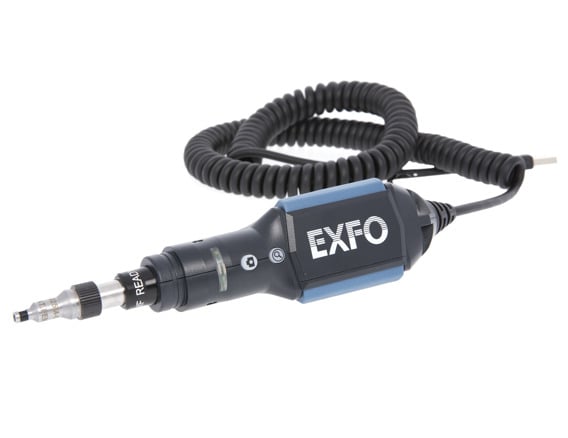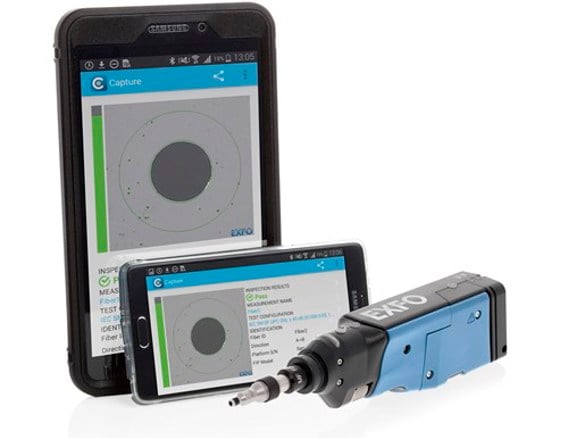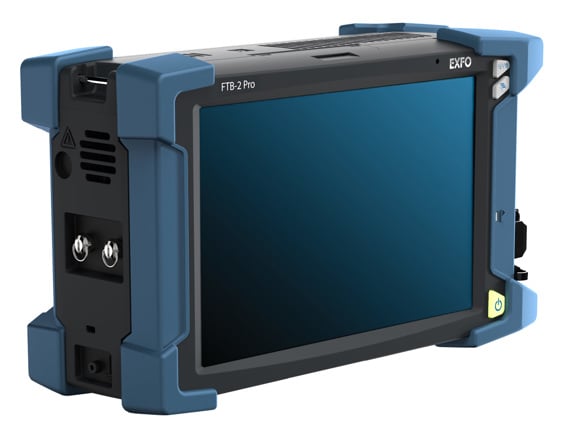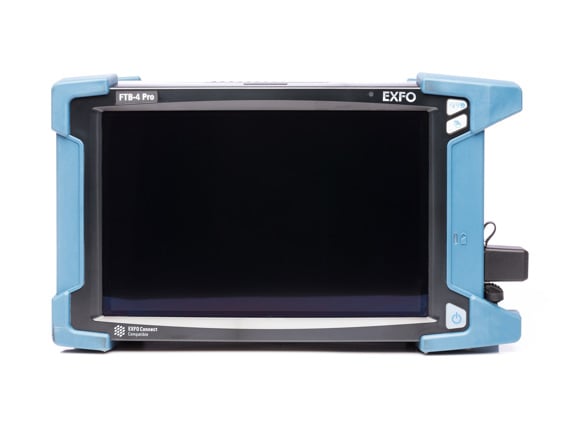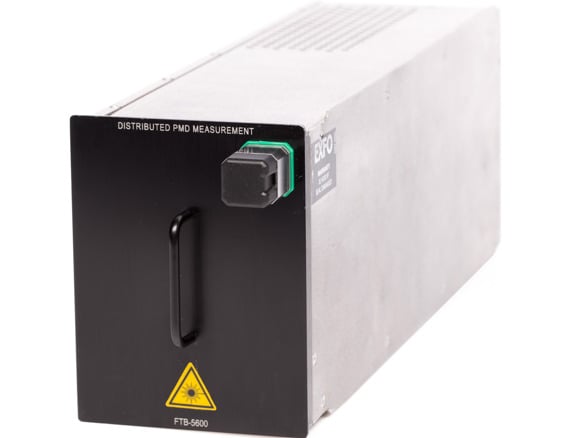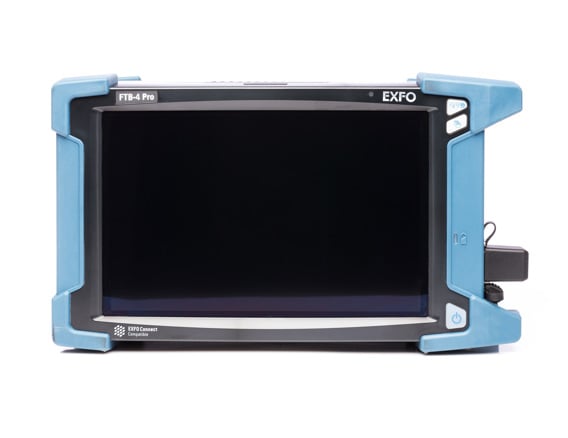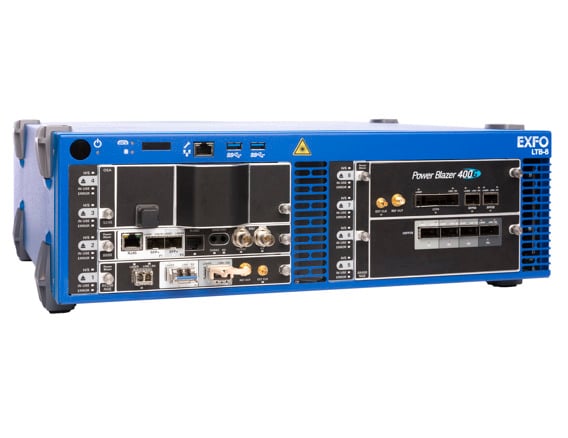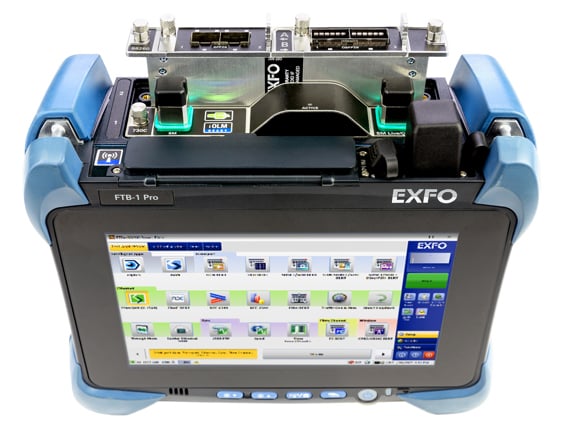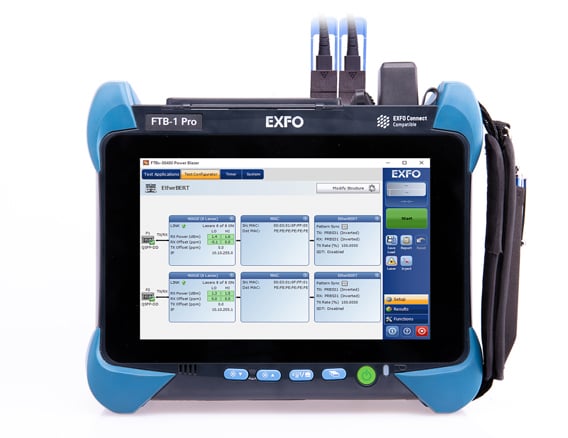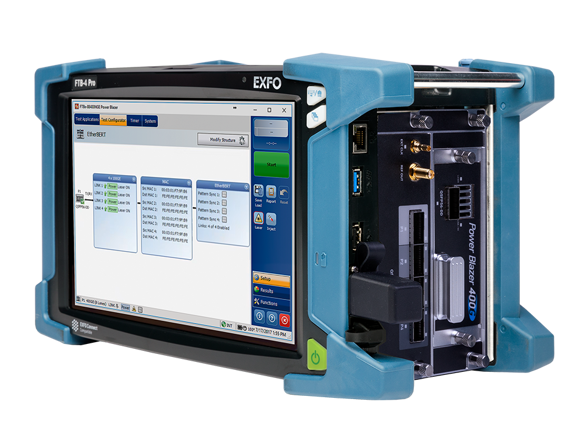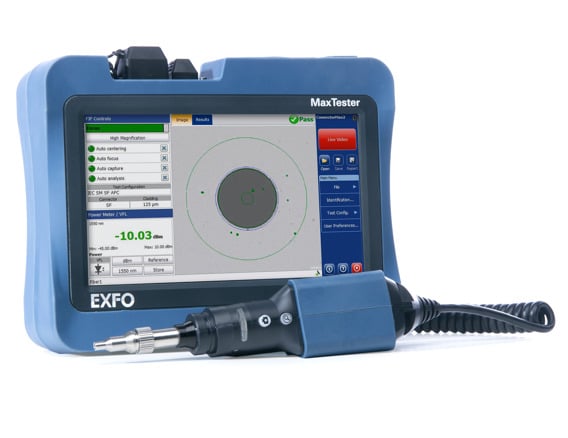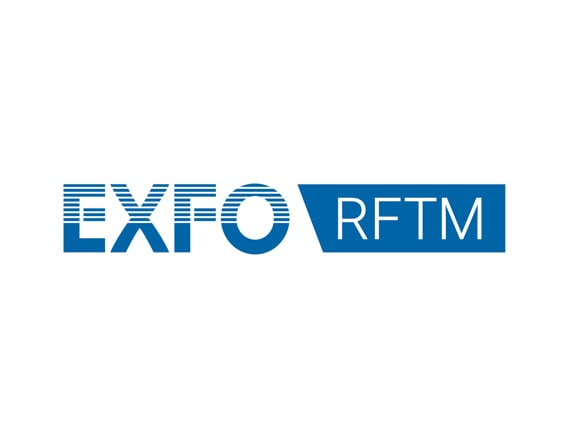Resources
More resources and languages
Brochures and catalogs
Test solutions for submarine networks - English
(September 13, 2024)
Reference posters
5G testing done right - English
(June 14, 2024)
Reference posters
5G testing done right - 中文
(June 14, 2024)
Reference posters
5G testing done right - Español
(June 14, 2024)
Reference posters
5G testing done right - Français
(June 14, 2024)
Success story
Hawaiki ushers in a new era of digital communications in the Pacific - English
(September 11, 2023)
Product demos
Demo of Open Transceiver System (OTS) and 400G solutions - English
(May 18, 2023)
Blog
5G benefits for consumers and carriers - English
(March 08, 2020)
Blog
Testing submarine cables: why it’s a big deal - English
(November 25, 2018)
Success story
Submarine Cable Protection - English
(September 11, 2023)
Application notes
The Benefits of Remotely Operated OTDRs for Submarine Cable Deployment, Fiber Monitoring and Restoration - English
(April 02, 2012)
Application notes
The Benefits of Remotely Operated OTDRs for Submarine Cable Deployment, Fiber Monitoring and Restoration - 中文
(April 02, 2012)



